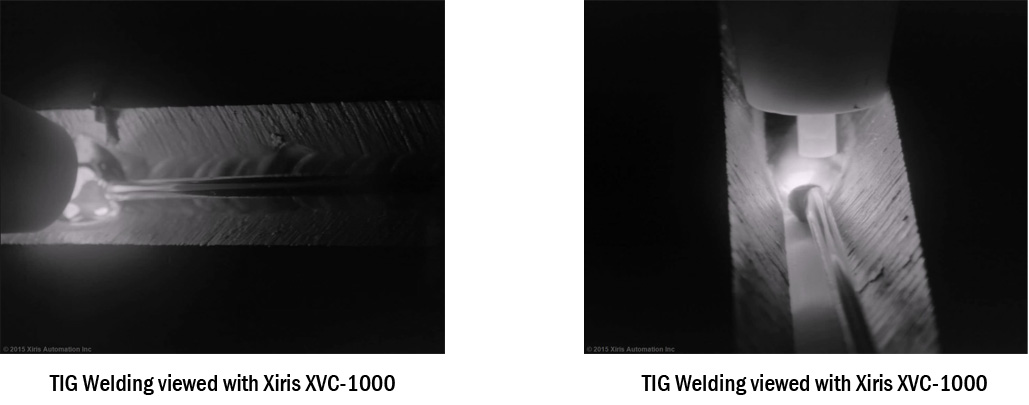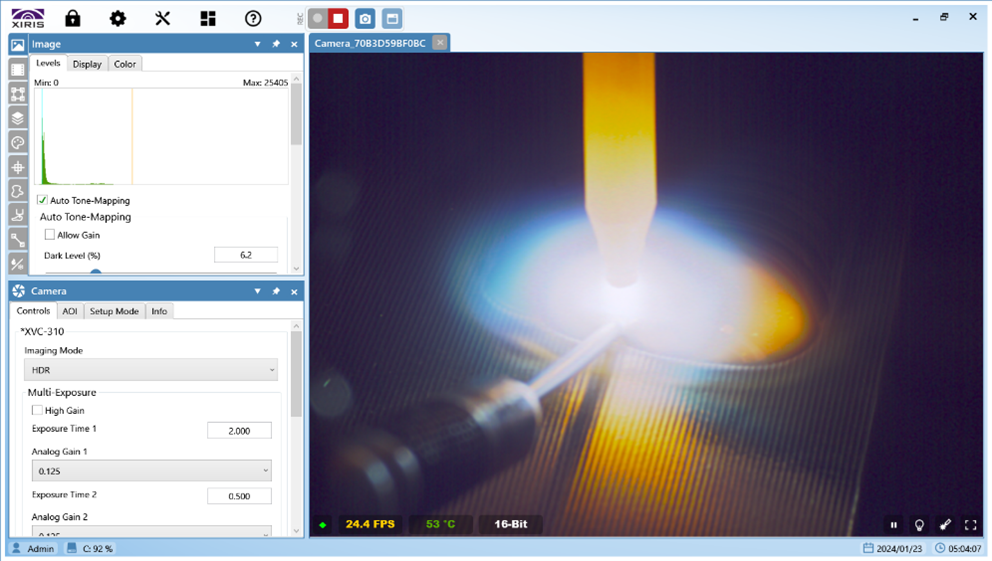Fabricators who make large pressure vessels capable of holding 3000 psi (200 bar) or higher need to implement special welding techniques to ensure weld quality does not compromise the integrity of their vessel.
Often the pressure vessel is sealed at the time of welding so certain welding processes can only be done from the outside and require full penetration of the wall thickness. As a result, fabricators often choose not to use GMAW (MIG) welding processes to avoid the potential of burning through the wall and compromising the integrity of the pressure vessel wall.
Instead, GTAW (TIG) welding processes are used with the focus on manual TIG welding because of the complexity and uniqueness of the welds required. This requirement for manual TIG creates a problem in training operators to such a high level of skill that they are able to achieve the level of quality required.
One fabricator found out that during training of new welder recruits, they had no way to correct the new welder`s techniques as the welding was happening: they could only identify flaws in the weld after the fact. A completed weld would be inspected and suggestions given to the trainee as to how improvements could be made; this process would then be repeated many times. The fabricator needed a more effective way to train a new recruit.
The fabricator chose to implement a Xiris XVC weld camera. The Xiris XVC weld camera can acquire images with a wide dynamic range so that a huge range of brightness can be seen in a single image: the very intense brightness of a welding arc AND its darker background can be seen by the camera in a single image. By implementing a weld camera right at the weld location, the new welding recruits could learn immediately when a defect in the weld process had occurred and adjust their technique accordingly. Additionally, the video recording feature of the weld camera allows recruits to replay the video of a welding pass for maximum learning opportunity.
Conclusion
By implementing a camera for training purposes, fabricators can eliminate the trial and error process of teaching new recruits critical real time welding skills. By pre-recording an example of a good weld, new recruits can be taught good welding techniques. By recording actual weld segments made by a new recruit, process feedback can be given and explained using the recorded weld segment. As a result, weld training time and materials can be reduced and process accuracy can be improved.








